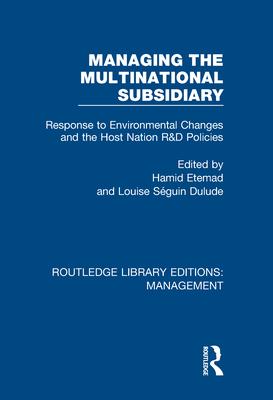| FindBook |
|
有 2 項符合
ETEMAD的圖書 |
 |
$ 4234 | Managing the Multinational Subsidiary: Response to Environmental Changes and the Host Nation R&d Policies
作者:Etemad 出版社:Routledge 出版日期:2018-04-10 語言:英文 規格:精裝 / 232頁 / 普通級 |
 |
$ 1250 ~ 8000 | CDMA2000 EVOLUTION: SYSTEM CONCEPTS AND DESIGN PRINCIPLES
作者:ETEMAD 出版社:JOHN WILEY & SONS,INC. 出版日期:2004-01-01  共 2 筆 → 查價格、看圖書介紹 共 2 筆 → 查價格、看圖書介紹
|
|
|
圖書介紹 - 資料來源:博客來 評分:
圖書名稱:CDMA2000 Evolution: System Concepts And Design Principles
|











